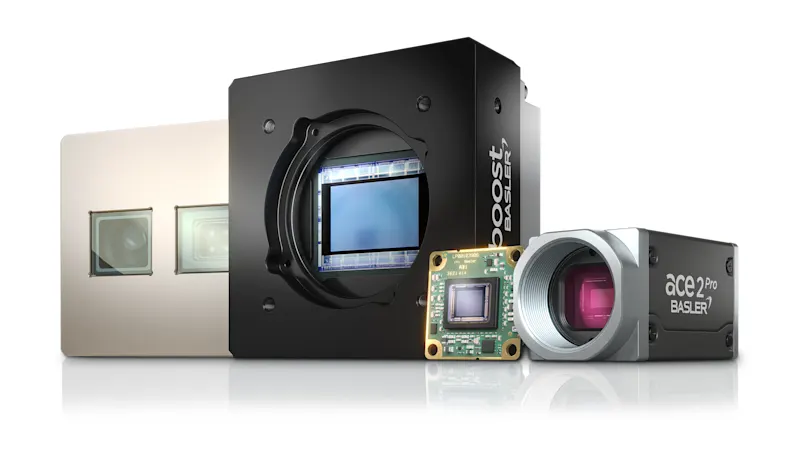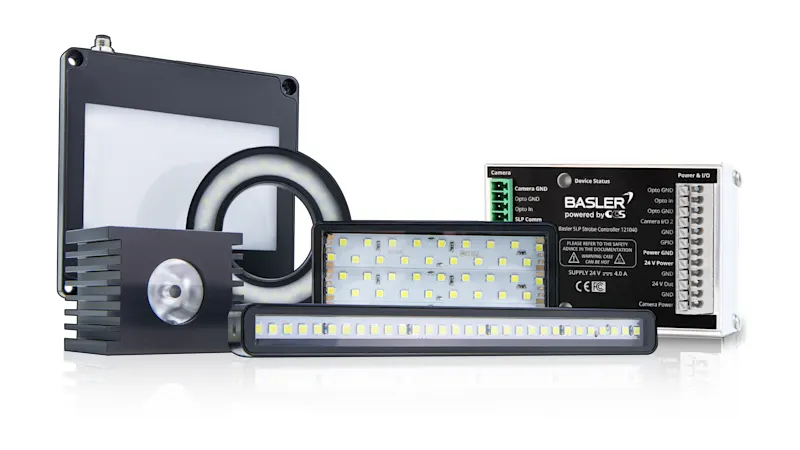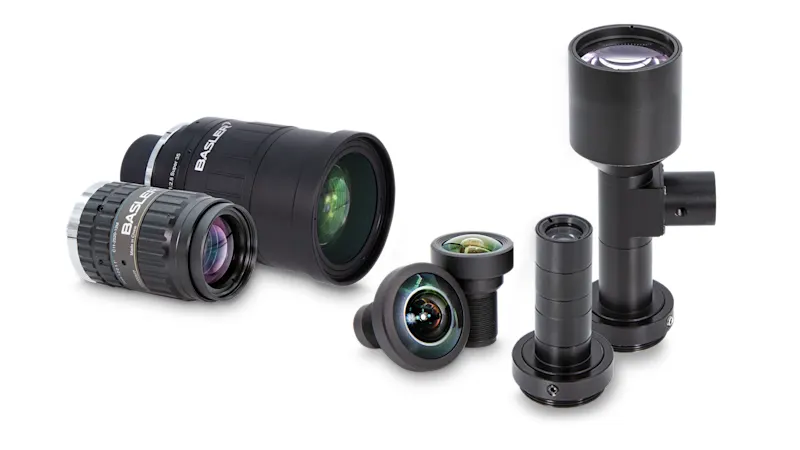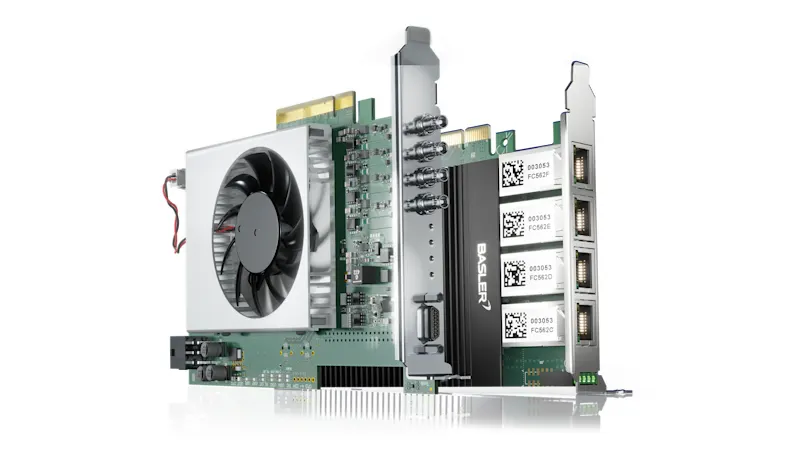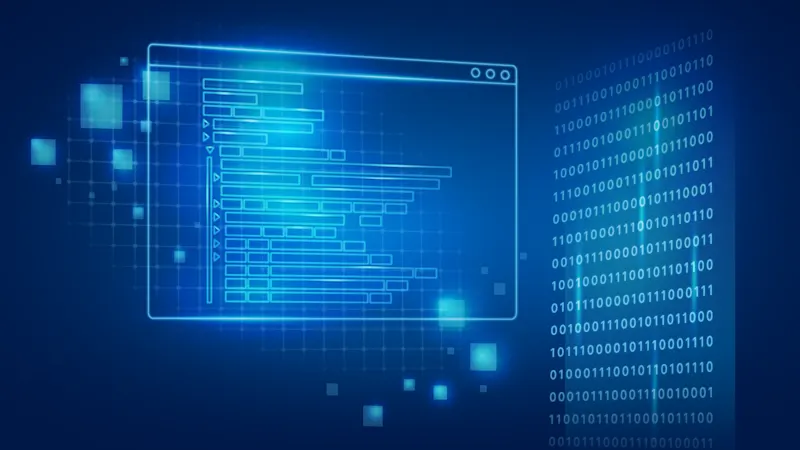The Components of a Vision System
Vision systems play a crucial role in ensuring efficient quality control. They enable robots to "see" and are widely used in medical technology, logistics, and intelligent transport systems. However, an image processing system involves more than just a camera. With the right components, such as lighting, lenses, compatible hardware, and easy-to-integrate software, it becomes a reliable and effective vision system.
The hardware components of a vision system
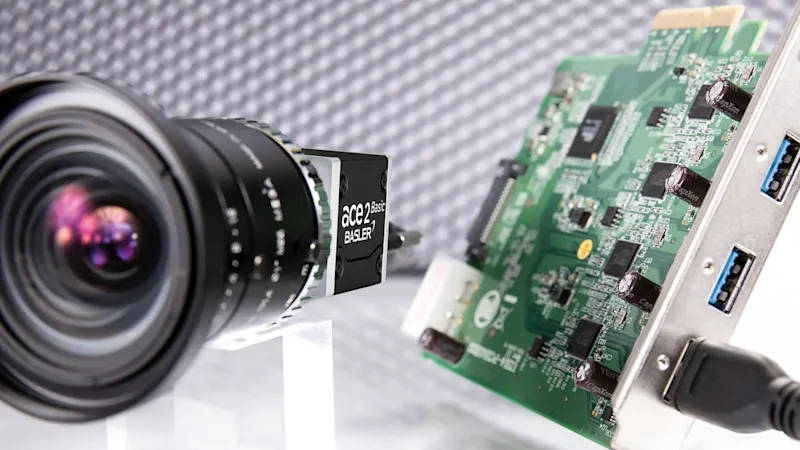
In our webinar, Product Manager Xenia Zarick provides recommendations on what is important when selecting hardware components:
Lighting
Lenses
Data and trigger cables
Interface devices such as frame grabbers or PC cards
Peripherals and mechanical components
What is a vision system?
Vision systems are complex structures that enable machines and robots to receive information through coordinated hardware and software, allowing them to be controlled. Since every application has unique requirements, it is essential to clearly define your objectives when assembling your vision system.
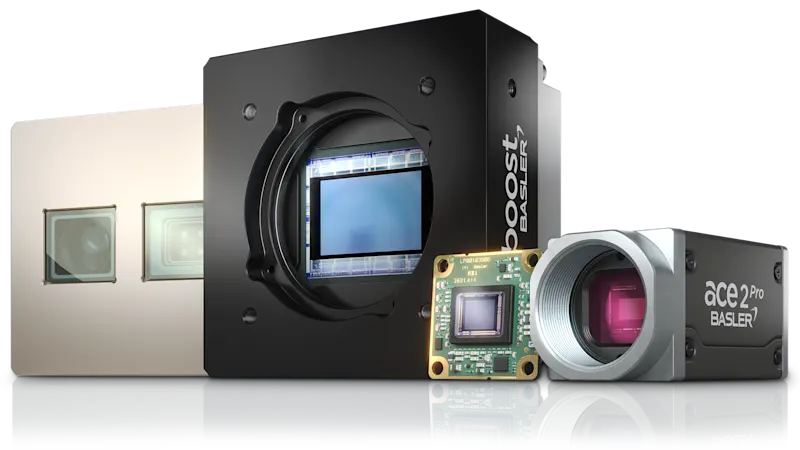
Finding the right camera
The requirements for each vision system are individual, so it is important to select the right camera for the application in question. Basler's portfolio offers a wide range of industrial cameras, including area scan cameras, line scan cameras and 3D cameras.
Most cameras are available in either monochrome or color versions. Monochrome cameras capture objects in grayscale and are suitable for many applications, as they can display binary color differences when paired with the appropriate light source. Color cameras, on the other hand, are ideal for applications that require capturing and comparing different colors.
In addition to the camera type, the sensor and the lens also play an important role for image quality.
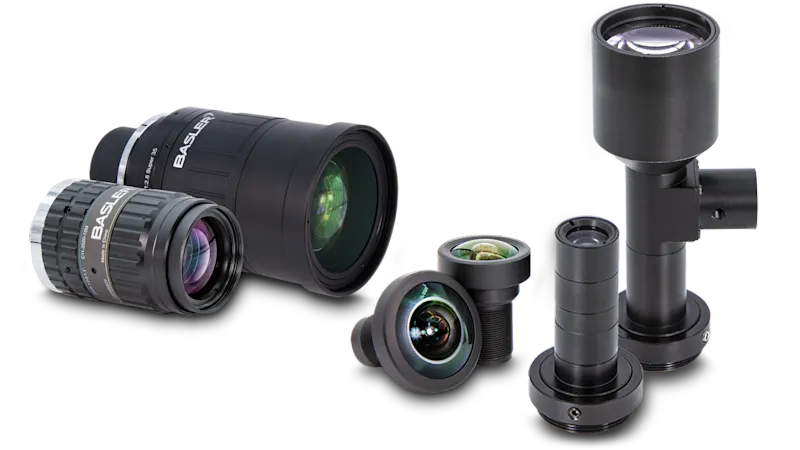
Lenses for optimal image quality
To get a sharp picture, you need the right lens to go with your camera. The individual lenses differ not only in their resolution, focal length and size, but also in their design. To help you make the right choice and show you what is important when choosing a lens, we have summarized the most important points in this article: Finding the Right Lens for Your Camera
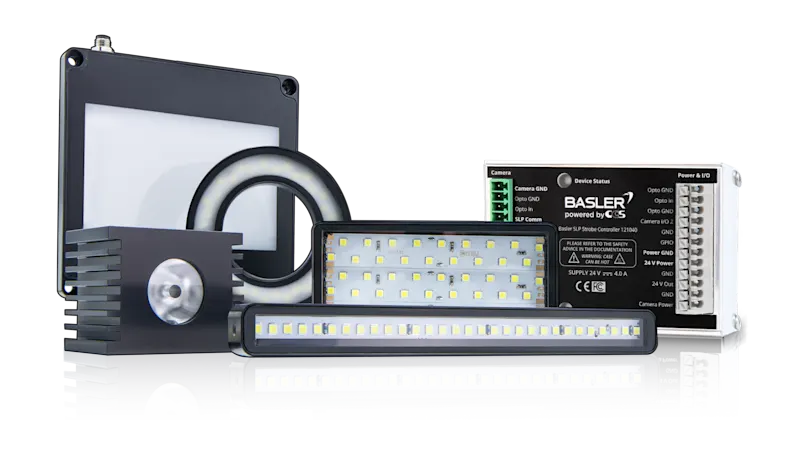
Lighting for ideal lighting conditions
Well-chosen lighting plays a critical role in the quality of the image and, therefore, the performance of the image processing system. When selecting the right lighting, it’s important to consider which object features you want to highlight. Additionally, the properties of the object itself are equally crucial.
What material is it made of?
Does it reflect or absorb light?
What is the structure, geometry and color?
Additionally, the state of motion, along with the lighting conditions and the distance to the object, influences the choice of lighting. For more information about lighting and its role in a vision system, please refer to our article Lighting in Image Processing.
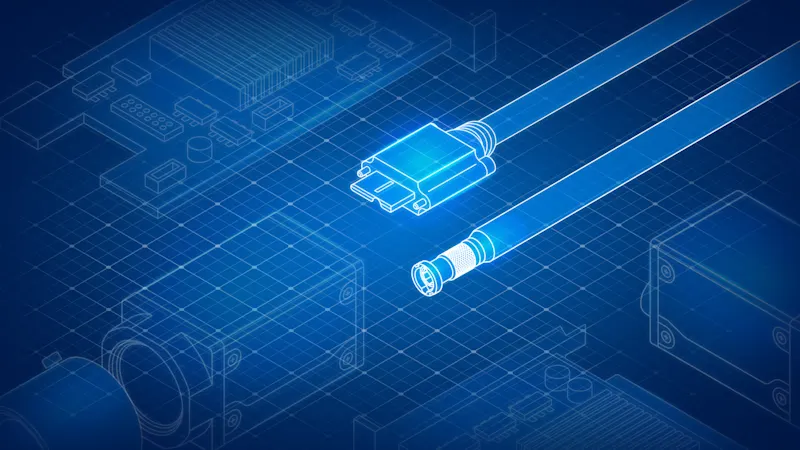
The optimal interface for stable data transmission
Once the camera captures images, this information must be transmitted to downstream systems for data interpretation and machine control. The image processing interface facilitates this precise data transmission.
Depending on the requirements, interfaces such as GigE, 5GigE, CXP-12, USB 3.0, BCON for MIPI, or Camera Link may be suitable. Discover which criteria are important when choosing the right interface and learn about the advantages of each one in our detailed interface comparison.
With the help of the Basler Interface Advisor you can quickly and easily determine the optimal interface for your application.
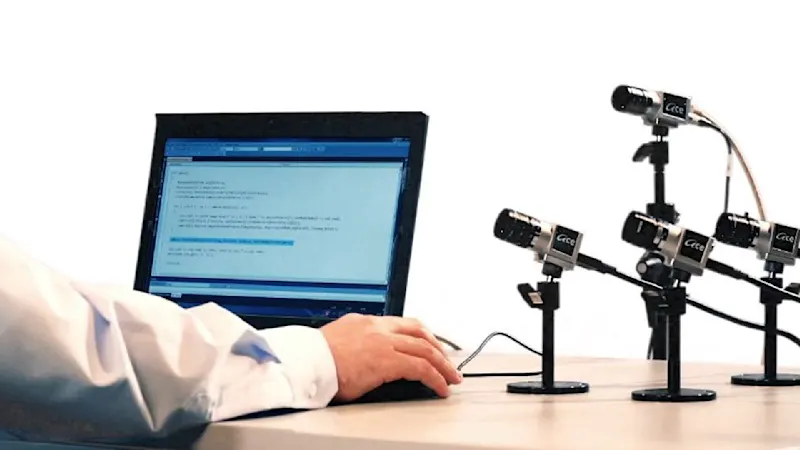
Processing hardware
Using a standard computer for image processing in industry has some drawbacks. These computers are often not compact enough and require additional hardware and software for image processing. As a result, the industry is increasingly seeking compact and simple solutions, such as...
Smart cameras: These cameras have the computer already integrated in the housing, making them space-saving and easy to integrate. The image processing software is also already integrated.
Embedded computers: These computers are integrated into a machine or system and have a specific task that they perform. This makes them particularly small, but also less powerful.
Modular microprocessor systems: These specialized computers are divided into different modules and are scalable. This allows them to be flexibly configured or replaced if, for example, a more powerful module is required.
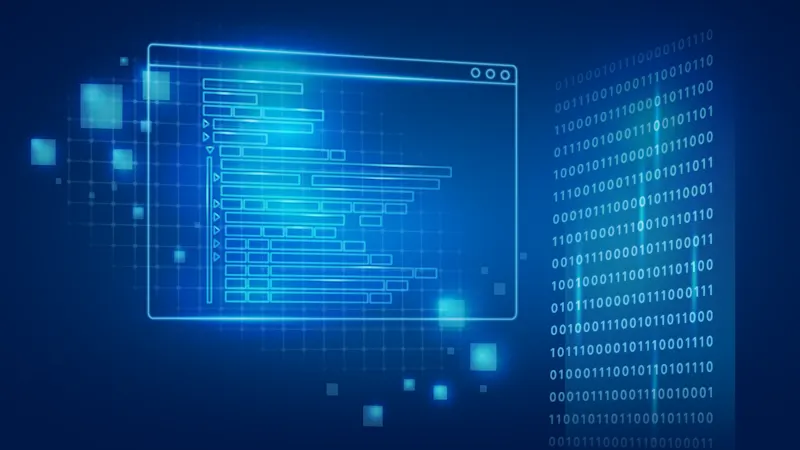
Software for image acquisition, processing, and analysis
In addition to the hardware, a vision system also requires adequate software. The software in image processing determines which tasks are carried out with the camera images. Different software is used depending on the complexity of the task.
For simple tasks, users can often program and implement the software directly. For more complex tasks, such as fully automated production monitoring, a customized software solution is usually required.
Basler offers a variety of software solutions for image processing, from our powerful pylon Software Suite, to Visual Applets for visual FPGA programming, to software modules for robotics tasks.
Vision systems for all areas of application
Modern image processing systems are used in various sectors, including medical technology, traffic control, quality control, logistics, and retail. Basler provides the right solution for all applications, which we can tailor to meet your individual needs.
In industrial plants and computer vision systems, all components must be absolutely reliable. If a system used in 24-hour operation fails because inferior or incompatible components are used, this can quickly lead to high costs.
Our products for your vision system
Use our Vision System Configurator and easily assemble your complete vision system.
